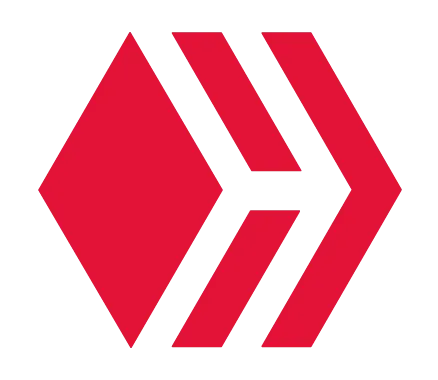
Introduction
Around the world of Internet content creators known as blogger do their best to create contents for millions if not billions of people to consume around the world. Most of these bloggers create content on a daily basis while others do so when they feel like. Creating content on a daily basis has never been an easy one. This content creators needs to be rewarded for their efforts in publishing this content we consume every time.
The world of web2 rewards content creators who really worked very hard to publish content. From my own angle, there isn't a fair share on how they reward content creators on the web2 space. Why do I say so?
Imagine a user have to have at least 1k views before getting rewarded. Let's that the user publishes several content and end up not having 1k views, it then means that all the effort invested was in vain. there isn't a fair share on how the web2 space reward content creators.
Now let us talk about web3 using hive as a case study.
What is Hive?
According to Leoglossary Hive is a web 3.0 ecosystem that is designed to utilize the technologies that are projected to usher in the new era of the Internet. This was started in 2016 with the code being written by Dan Larimer.
The idea was to provide a social media platform which centered around blogging. Individuals would be able to reward content creators and curate articles based upon the value of their votes, which was a direct correlation to how much of the base layer coin was staked.
Source

What is Web
Web 3.0 is considered to be the next generation of the Internet. It is discussed heavily in the cryptocurrency world since many feel that blockchain will be at the core of it.
A key concept is the idea of decentralization. As compared to Web 2.0 which uses servers controlled by the associated companies, Web 3.0 is designed to have nodes that are run by individuals all over the world. These networks are permissionless meaning that anyone can build upon them.
Source
Hive as a blockchain network utilizes distributed ledger technology to monitor all financial transactions that takes place on the blockchain.
Hive also utilizes the delegated proof of stake(DPoS) consensus mechanism. This makes it possible for each user on the hive platform to be able to vote, and each person can only vote 30 nodes.
Rewarding Content Creators
Hive is a web3 social media platform. It rewards its content creators for publishing nice articles. A user on the Hive blockchain do not need to wait so long or have some amount of views or followers before his or her article can be rewarded.
Personally I have many recruits who have received a nice up votes on their first article. On the hive platform as long as your article is good and readable there are high chances it will be rewarded.
What is Reward Pool in Crypto?
According to NFTslangs.com Reward Pool in crypto refers to token storage that rewards people for participating in token staking or sometimes crypto campaign, usually a P2E game. The reward pool typically contains a part of the project token, and the project owners or campaigners might decide to fill it consistently to avoid drain.
Source
Most award pools today uses Dao (Decentralized Autonomous Organization). DAO is represented by rules which is encoded as a computer program. DAO help offer transparency, and is controlled by organizational members. DAO is not influence by central entities like banks or government.
DAO operates on blockchain technology and using Smart contracts to execute it college rules.
From Where Should Rewards Come
Rewards can come from various sources let us talk about some of them.
Transaction Fees: There are a lot of transactions that takes place on the Hive blockchain on a daily basis. It is true that hive runs transactions almost at no cost. Transaction fees can be added to the hive blockchain where at the end of the day will be used to award creators. I think this will help archive a fair share and not affect creators and the blockchain in a negative way.
Staking: The Hive blockchain utilizes delegated proof of stake consensus mechanism. Creators can be rewarded through block rewards.
Advertisement: Currently inleo started running advertisement known as leoads. Many businesses and companies bring their products to inleo and make necessary payments for their products to be advertised on the inleo platform. Creators can also have a share of the reward earned from leoads.
This is my own opinion and others may have a different view. I think to through these ways there will be a fair share both to creators and also to the blockchain itself.
In conclusion, reward pool is a token storage that rewards people for taking part in token staking. The rewards can come from various sources like transaction fees, ads reward, staking rewards and etc.
Credit
Thumbnail gotten from Pixabay
Second Picture gotten from Zealy website